Torso in Metal from Rock Drill
This haunting sculpture was created as a statement on the mechanized warfare of the First World War.
When the American-British artist Jacob Epstein began his “Rock Drill” sculpture in 1913, depicting a cyborg-like figure on top of an industrial rock drill, it was intended to celebrate humans’ invention of machinery and its improvement of civilization. But soon after the artist made radical changes to the piece, cutting the torso from the structure and transforming it into the haunting sculpture seen at the Tate Britain today.
This action had been prompted by Epstein’s revulsion and anxiety toward the mechanized warfare of World War I. In the wake of the unprecedented destruction, what was once a celebration of technological advancement became a meditation on the dehumanizing impact of technology on the human condition, renamed “Torso in Metal from Rock Drill.”
The industrial manufacture of weaponry such as machine guns, flame-throwers, tanks, incendiary shells, warplanes, and submarines had drastically changed the nature of warfare and was causing the deaths of millions of men on the battlefields of Europe. The systemic production and use of biological and chemical weapons such as mustard gas were also first implemented during the First World War, and were to forever change humanity’s prewar utopian perception of science and technology.
Soldiers were returning in large numbers to London from the trenches of the continent, the majority of whom were horrifically mutilated physically and traumatized psychologically due to their experience in the war. Epstein observed these men and was sickened by the damage caused by the new and hitherto unimaginable forms of warfare that made the mass slaughter of men even more efficient and deadly.
Epstein was conscripted during the last year of the Great War into the 38th battalion, known as “the Jewish Legion,” and underwent training as a soldier. But due to a severe nervous breakdown, he was discharged and never made it to the battlefields of France. In later life, he wrote eloquently about his sculpture “The Rock Drill” and its meaning: “I made and mounted a machine-like robot, visored, menacing, and carrying within itself its progeny, protectively ensconced,” Epstein wrote. “Here is the armed, sinister figure of today and tomorrow. No humanity, only the terrible Frankenstein’s monster we have made ourselves into.”
Know Before You Go
Tate Britain is open from Monday to Sunday from 10 a.m. to 6 p.m. and entrance is free. The sculpture itself can be found alongside other interesting artworks of the period in the "Walk Through British Art: 1910" gallery of the museum.



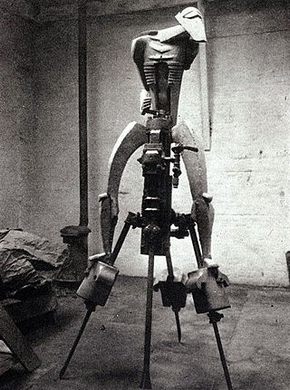
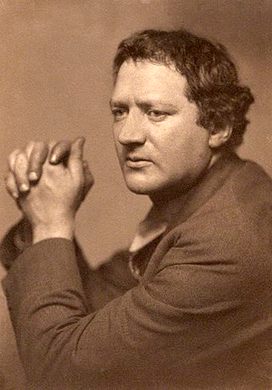


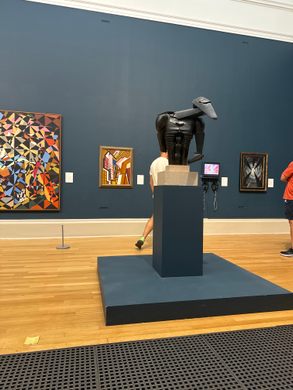
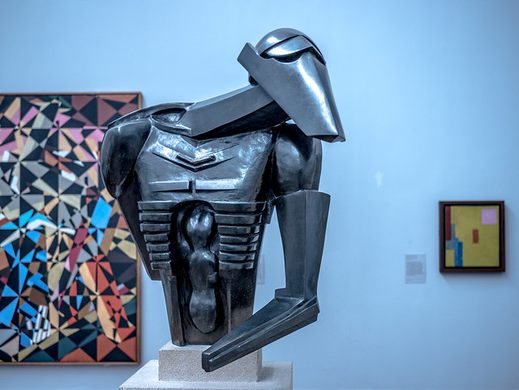







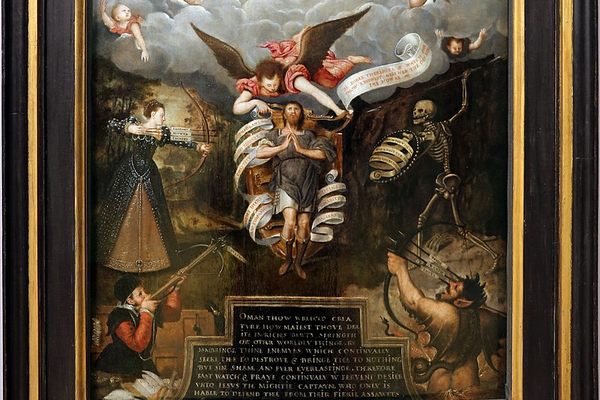





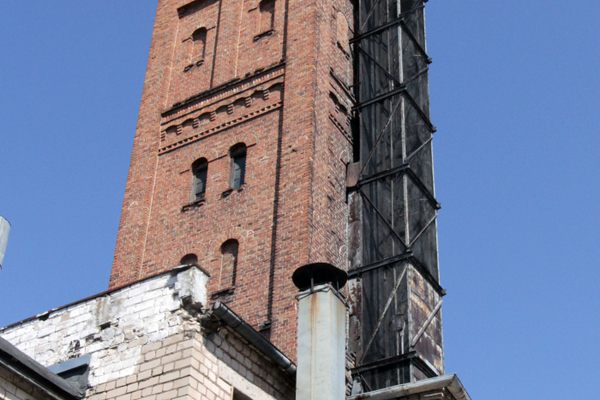

Follow us on Twitter to get the latest on the world's hidden wonders.
Like us on Facebook to get the latest on the world's hidden wonders.
Follow us on Twitter Like us on Facebook